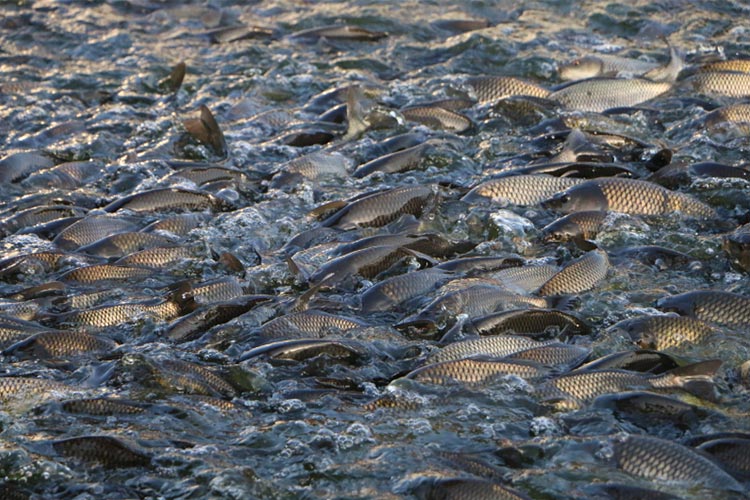Hypochlorous generators are used in aquaculture
Aquatic products are prone to spoilage and deterioration, and microbial pollution is one of the main factors leading to spoilage and deterioration of aquatic products. Microorganisms exist in every link of aquatic products processing. Aquatic products in fresh seawater are easy to carry pathogenic bacteria on the surface or in the body, such as salmonella, Vibrio cholerae, Vibrio parahaemolyticus, Escherichia coli and so on. Processing equipment, utensils, operators due to incomplete disinfection, easy to cause secondary pollution in the aquatic processing process, increase food safety risks, affect the quality of export, therefore, to inhibit or eliminate aquatic products and production processing, transportation process of food-borne viruses is to improve the safety of aquatic products, enhance the quality of export important measures
The chemical fungicides usually used in the processing of aquatic products are hydrogen peroxide, ozone, chlorine-containing disinfectants, hydrogen peroxide is a low-toxicity fungicide, if the use of improper will produce potential carcinogenicity to the human body. Although ozone can effectively sterilization, but because of the existence of the residue oxidation reaction to produce byproducts, its use has been questioned; Chlorine-containing disinfectants (such as sodium hypochlorite) treat fish fillets, there will be residual chemicals in fish fillets and have a certain impact on the quality of fish fillets, not only affecting the health and safety of consumers, but also causing damage to the environment. Slightly acidic hypochlorous acid water is a green environmental protection, safe and reliable, in line with the national sustainable development of green bactericidal agent, which has a broad spectrum of sterilization, efficient, safe and harmless. No residue and other advantages have been in aquatic processing, aquaculture is very common.

1, slightly acidic hypochlorous acid water, can be used for shellfish washing, soaking, can effectively improve the survival rate of shellfish, reduce the bacteria produced in aquatic products
Take scallops as an example. As non-selective filterfeeders, scallops are very easy to breed microorganisms in the breeding process, and also prone to cross contamination in the circulation link after capture. Serious microbial pollution not only causes diseases to the shellfish themselves, resulting in death and poor physiological state during transportation, but also affects their flavor quality. Rapidly proliferating pathogens can also create food safety issues, with reports of Vibrio parahaemolyticus detection rates in bishellfish approaching 30%
Treating shellfish with slightly acidic electrolytic water can provide the survival rate of shellfish. Hypochlorous acid can kill a considerable part of Vibrio parahemolyticus and Escherichia coli after purification, significantly reducing the total number of bacteria in shellfish.
2: Slightly acidic hypochlorite water ice treatment is more effective than traditional ice coat to extend the cold storage life of aquatic products.
Although traditional tap water ice coat can prevent the oxidation of fish body fat and pigment, its adhesion is weak and easy to fall off, so it can not effectively prevent the fish from suffering from corruption and infection and reproduction of pathogenic microorganisms

When hypochlorous acid water is used to soak frozen fish, ice coating can be formed on its surface to block air and prevent adverse oxidation reaction. The evaluation of fish preservation effect shows that hypochlorous acid water ice coating can effectively reduce the total number of colonies in frozen fish by slowly releasing effective chlorine, combined with its high oxidation reduction effect, and has a good effect on the maintenance of fish color
